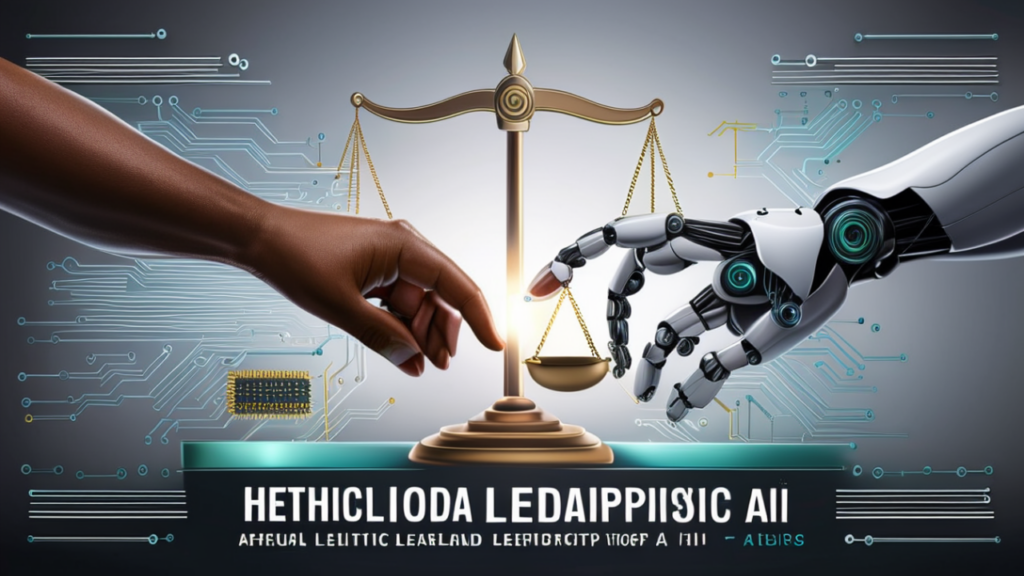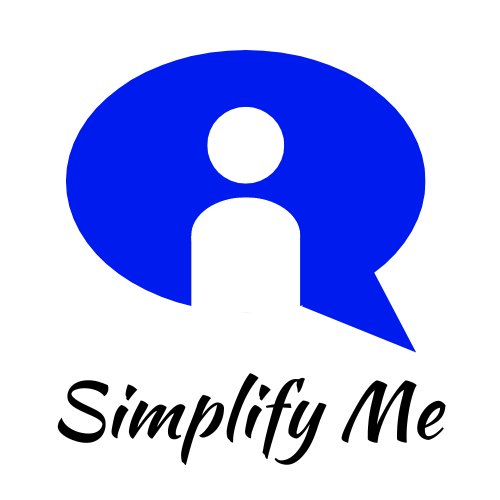 Is there really a need for balancing ethics and AI technology?
Is there really a need for balancing ethics and AI technology?
"No one has a clue how to build a conscious machine, at all.” - Stuart Russell (British Computer Scientist)
We were still in awe of Back to the Future when I started working in the early 2000s. We used to stare at AI and automation with our mouths wide; they were all futuristic. Come 2024, DeepSeek and GPT have swept over the planet. On the one hand, artificial intelligence (AI) shows promise. The ability to improve production, manufacturing, SW development, and other related areas. The same AI technology, yet, has posted many problems. Leaders have to change more quickly than their employees. Most of the world’s leaders face a crucial conundrum on the ethical aspect of AI and its consequences.
Automation has been sprinting far ahead throughout the last two decades. Most businesses were starting to see its effects in reality. Finally, the blue-collar job market or the lower rung caught on to the automation ability. The introduction of both GPT and DeepSeek to them happened before they had even had a chance to breathe. The AI technology has opened a pandora box of worms, posing many ethical issues and concerns.
Enquiring on what it is? Allow me to here sample a few:
- Job displacement: Automation threatens to replace human workers, thus causing job losses and economic disparity.
- Privacy concerns: The application of AI sometimes entails gathering and evaluating enormous personal data.
- Less Transparency: Most artificial intelligence systems function as black boxes. Hence, it is challenging to know how it made the decision.
- Accountability: It’s usually unknown who—the developer, the user, or the company—is liable when AI systems make mistakes or damage. One of the key reasons why commercialisation of autonomous cars is yet to happen.
- Last but not least, biases: Artificial intelligence systems might magnify or reinforce prejudices in their training data, thus producing unjust results. The information that went into the system you’re utilising remains a mystery.
Problem Definition: Ethics Vs. AI
In this regard, ethical leadership is not only required but also necessary. The leaders need openness and trust for operating a profitable enterprise. The challenge becomes more pronounced with data-driven automation and AI in the system.
A few weeks ago at the dinner table, sitting with my daughter, a conversation started. She asked a difficult question. “Appa, how do you handle Amma?” “It’s easy; give her some false compliments and get her a surprise gift the next day,” I added. Asking, “Is it ethical to do that?” my child caught me in the act. It has been on my mind for some time that dealing with humans is simple, but what about emotionless AI systems?
Yes, there will be difficulties here, though they will be quite different than those with the wife. Let’s review some of the main obstacles here:
- Balancing Efficiency Vs. Humanity: AI will operate 24/7 and 365 days as long as you have power and AC on. But what at what cost? Leaders need to find a reasonable mix between technology and the dignity and livelihood of the working people.
- Customer data privacy challenge: While humans follow rules like NDAs or contracts, it becomes somewhat hazy with the AI systems. It is important for leaders to have a better grasp of the data set. They have to be aware of which pieces of information are sensitive.
- Accountability: Most AI systems operate in black and white; hence, they will answer a question or not. What happens if it answers incorrectly or gives no answer? Introducing AI into your team’s operations makes accountability more difficult.
- Biasness: biassed teams and toxic members have always existed. It is easy for leaders to see these and take action when necessary. It is quite challenging for a leader to detect biases in an AI system. It is because that area is currently unavailable. More frequent audits and corrective action taken to remove it from the system are what we need. Dealing with hostile people is simpler than dealing with an errant AI.

Solution: Ethics & AI 50-50
After that day, I began to think about how someone could solve this problem. Though we are not quite there, I can sense it approaching. The first line of defence against this assault is a new breed of leaders. After two weeks of reflection, I’ve gleaned a few insights. Please review it and respond with your views, opinions, criticisms, or condemnations. Before I attempt to explain them, let me list them:- Choices from a Human-Centric Viewpoint
- Development with ethics inside (more than Intel Inside)
- More direct conversation
- Courage via Ethical Innovation
- AI-driven, more conscientious policies
Solution: In detail
Human-centric Perspective: Prioritising people is central to the leadership model. You should prioritise human needs over other approaches. Even if you are leveraging AI and its technologies. One might start an honest conversation with the team. Talk about how they want to welcome artificial intelligence into their offering. To strike a balance with humans against machines, leaders should take actions. Aim to upskill or reorder the team members affected by the artificial intelligence. Finally, leaders may highlight their sensitive side: that of empathy and technical inclusiveness.
Built-in Ethics: How one goes about it? It is the responsibility of leaders to ensure consideration of ethics. They have to do it at every stage of the development life cycle, from design to deployment. Try to provide well-defined, well-recorded guidelines for every stage. Leaders should also conduct both scheduled and ad hoc audits. AI specialists should weigh in on the policy formulation process. It’s for the sake of everyone’s safety and ethical safeguards.
Open communication:It is already present, and most leaders fail first in establishing this channel. Why should it be significant? The foundation of ethics is trust that open communication fosters. AI within can be utilised to make emotion-free decisions and many human prejudices. An added advantage is that the reasoning for the decision is available for use. This establishes a good feedback and concerns channel as well as data transparency.
Courage for Innovation: Many teams march towards success without effort by employing these two ideas: innovation and ethics. Only that they go hand in hand. Should there be no equilibrium between them, the cart falls naturally. Innovation results in mistakes at times, so leaders should value and develop the bravery to embrace it. He should make the team comfortable about the ethics built inside the innovation. Leaders have to set an example by proving a dedication to moral values and addressing the issues.
Advocate Policies: Leaders have enormous obligation to propose policies rather than only support for ethics. Companies are now making significant efforts to have the policies in place so that they do not stray. Correcting course calls for significantly more time and money. For this reason alone, management hopes that leaders frame required policies. Leaders need to work with policymakers to ensure things execute the first time right. They also have to teach all stakeholders, including the teams, how to carry out and assess the policies. Should things go wrong, the leaders would bear full responsibility. The team members and the corporates may walk scot-free.
My investigation on this topic yielded these top 3 real-world business conglomerate examples. See it in live action here:
- Microsoft AI principles: have established six ethical ones: fairness, dependability, privacy, inclusion, openness, and responsibility.
- Google’s AI framework: Google employs cutting-edge AI technology to tackle its most significant difficulties. They have used it for solving major problems. In the areas of healthcare and climate change, so that the solutions serve society at large. Each solution has guardrails inbuilt into it.
- IBM’s AI Fairness 360 tool kit: With their open-source toolkit, it enables developers to identify and reduce bias in AI models. What then does the future hold?
In Conclusion:
Artificial intelligence and automation will permeate every sphere sooner than later. The earlier leaders adopt ethics, the easier they can negotiate the obstacles for the new age. Apart from this, they also have to inspire confidence and promote transparency. This leads to producing a long-lasting solution for society. Should they do, the perception of AI as a villain will change from what it is now understood as of today.

